Pool pumps use a considerable amount of power (between 500 and 2500 watts) and run for 8 hours per day. If the swimming pool pump runs daily, the power consumption can add up quickly to your monthly electricity bills. But how much does it cost to run a pool pump? On average, the cost to run a pool pump ranges from $30 - $200 per month or $360 - $6,000 per year.
However, the cost may vary depending on the size and type of the pump, how often it is used every day, and the electricity rate in your area. If you want to manage the electricity bills, you can consider investing in solar-powered generators like those from Jackery. The Jackery Solar Generators can keep pool pumps running efficiently without putting any pressure on the utility grid.
Key Takeaways
- Pool pumps typically consume anywhere between 500W and 2500W, depending on their horsepower and efficiency rating.
- On average, running a pool pump costs between $30 and $200 per month or $360 and $6,000 per year, depending on your local electricity rate and pump model.
- Optimized scheduling, upgrading to Energy Star-certified models, and choosing variable speed pumps can help you reduce dependence on the utility grid.
- Jackery Solar Generators are essential home backup power solutions that can power most household appliances and reduce dependence on the grid.
How Many Watts a Pool Pump Consumes
The wattage of the pool pump depends primarily on its size (horsepower), type (single-speed, dual-speed, or variable-speed), and efficiency. A typical 1.5 HP unit draws anywhere around 2000W, depending on the speed and water flow. A small 0.75-HP pump uses around 750 - 1000 watts. Variable-speed pool pumps run more efficiently, often requiring 300 - 1200W, depending on the setting. Depending on the wattage consumption, you can calculate the size of the generator needed for a pool pump.

How Much Does It Cost to Run a Pool Pump
The cost to run a pool pump can be easily calculated by multiplying the energy usage (in kWh) by the local electricity rate. In the US, the average electric rate per kWh is around $0.1595 per kWh.
Let's say you have a 1.5 HP pool pump consuming 2000W and running for 8 hours per day. The power consumption will be 16kWh per day. Assuming the electricity rate to be 15.95 cents per kWh, you can expect to pay around $2.55 per day, $76.56 per month, and $918.72 per year.
States with higher electricity rates per kWh (like Hawaii) will see even greater expenses. For example, the electricity rate per kWh in Hawaii is $0.4051 per kWh. Running a 1.5 HP pool pump (2000W) for 8 hours in Hawaii means you will have to pay $6.48 per day, $194.45 per month, and $2,333.38 per year.
Daily, Monthly, and Yearly Costs to Run a Pool Pump
Pool pumps consume a lot of electricity compared to other appliances in your home and can contribute significantly to your monthly electricity bills. The electricity rate per kWh will vary depending on the US state in which you live. Here's a breakdown of the daily, monthly, and yearly costs to run a pool pump in different US states:
|
Wattage |
Usage (Hrs/Day) |
State |
Rate in cents per kWh |
Daily Cost
|
Monthly Cost |
Yearly Cost |
|
2000W |
8H |
New Jersey |
19.68 |
$3.15 |
$94.46 |
$1,133.57 |
|
2000W |
8H |
New York |
25.31 |
$4.05 |
$121.49 |
$1,457.86 |
|
2000W |
8H |
Illinois |
15.81 |
$2.53 |
$75.89 |
$910.66 |
|
2000W |
8H |
Ohio |
15.64 |
$2.50 |
$75.07 |
$900.86 |
|
2000W |
8H |
North Dakota |
9.93 |
$1.59 |
$47.66 |
$571.97 |
|
2000W |
8H |
South Dakota |
12.09 |
$1.93 |
$58.03 |
$696.38 |
|
2000W |
8H |
Florida |
14.43 |
$2.31 |
$69.26 |
$831.17 |
|
2000W |
8H |
Georgia |
13.52 |
$2.16 |
$64.90 |
$778.75 |
|
2000W |
8H |
North Carolina |
12.47 |
$2.00 |
$59.86 |
$718.27 |
|
2000W |
8H |
South Carolina |
13.81 |
$2.21 |
$66.29 |
$795.46 |
|
2000W |
8H |
Texas |
14.68 |
$2.35 |
$70.46 |
$845.57 |
|
2000W |
8H |
Colorado |
15.01 |
$2.40 |
$72.05 |
$864.58 |
|
2000W |
8H |
Idaho |
10.82 |
$1.73 |
$51.94 |
$623.23 |
|
2000W |
8H |
Montana |
11.41 |
$1.83 |
$54.77 |
$657.22 |
|
2000W |
8H |
Nevada |
13.92 |
$2.23 |
$66.82 |
$801.79 |
|
2000W |
8H |
New Mexico |
13.73 |
$2.20 |
$65.90 |
$790.85 |
|
2000W |
8H |
Utah |
12.12 |
$1.94 |
$58.18 |
$698.11 |
|
2000W |
8H |
Wyoming |
11.69 |
$1.87 |
$56.11 |
$673.34 |
|
2000W |
8H |
California |
30.22 |
$4.84 |
$145.06 |
$1,740.67 |
|
2000W |
8H |
Oregon |
14.44 |
$2.31 |
$69.31 |
$831.74 |
|
2000W |
8H |
Alaska |
24.74 |
$3.96 |
$118.75 |
$1,425.02 |
|
2000W |
8H |
Hawaii |
40.51 |
$6.48 |
$194.45 |
$2,333.38 |
|
2000W |
8H |
US |
15.95 |
$2.55 |
$76.56 |
$918.72 |
Source: Electric Power Monthly - US Energy Information Administration (EIA)
Official Tips to Reduce Pool Pump Costs
If you have calculated how much it costs to run a pool pump and are wondering how to cut your electric bill by 75%, here are a few tips to follow from Energy Star and the US Department of Energy:
Upgrade to Energy Star-certified Pool Pump
According to Energy Star reports, running a pool pump can cost you as much as $310 in energy every year. Certified in-ground or above-ground pools use 11 - 18% less power than standard pool pumps, saving you around $20 - $50 in energy cost bills.
Appropriately Size the Pool Pump
Generally, a 0.75 HP or smaller pump is sufficient for residential pools. They cost less and can decrease the pool circulation system's hydraulic resistance. When you decrease the resistance, you can reduce the electricity cost by up to 40%.
Upgrade to Variable-Speed Pool Pump
Variable-speed and multi-speed pool pumps are one of the best ways to cut energy costs. They are quieter, last longer, and require less maintenance, which helps you save money in the long run.
Use Pool Timers or Smart Controllers
Pool timers allow you to lower the filtration times and cut down the electricity bills. For example, running the pool pump for 6 hours instead of 24 hours will reduce energy usage by 75%. You can install a pool timer that activates the pump for short periods each day and keeps the pool clean.
Switch to a Solar Generator for Pool Power
A solar generator or portable power station can reduce — or even eliminate — electricity costs for pool pumps entirely. The Jackery Solar Generators are essential home backup solutions with large battery capacities to keep appliances like pool pumps powered. They are also portable in design to ensure easy movement anywhere you go.
How to Save on Your Electricity Bill With Jackery Solar Generators
Jackery Solar Generators provide a clean, quiet, and reliable power source ideal for offsetting the energy consumption of high-wattage appliances like your pool pump. They help you run your pump without relying on grid electricity, especially during peak rate hours, and lower your electricity bills. Whether you're powering a variable-speed pump or a standard 1.5 HP model, Jackery Solar Generators help lower your carbon footprint and monthly utility bills. Here are two Jackery Solar Generator models ideal for powering your pool pump:
Jackery Solar Generator 2000 Plus
The Jackery Solar Generator 2000 Plus is a large-capacity model that can run essential household appliances, such as pool pumps, for long hours. The foldable handle, double wheels, and a pull rod ensure you can drag the home battery backup to your backyard and power essential appliances. The add-on battery packs allow you to extend the capacity from 2kWh to 24kWh to power the appliances for extended hours and cut high electricity bills.
Appliances Running Time
- Single-Speed Pump (1500W) = 1.1H
- High-Speed Dual-Speed Pump (1200W) = 1.4H
- Low-Speed Dual-Speed Pump (500W) = 3.3H
- Variable-Speed Pump (300W) = 5.3H

Customer Review
"Awesome product. Have a few of the smaller ones, which are very handy. Sweet fit for a house and car hauler to power lights and radio. Not as heavy as I thought, and wheels with handles are a plus." — William Grimes.
Jackery Solar Generator 1000 Plus
The Jackery Solar Generator 1000 Plus is ideal for powering smaller or variable-speed pumps and offers a good balance between portability and power. It has an ergonomic design and a foldable handle for easy movement around the home. It's also expandable in nature, making the solar-powered generator ideal for different pool pumps without tapping into the grid.
Appliances Running Time
- Small Single-Speed Pump (1000W) = 1.0H
- Low-Speed Dual-Speed Pump (500W) = 2.0H
- Variable-Speed Pump (300W) = 3.3H
- Standard Pool Pump (750W) = 1.3H

Customer Review
"The ability to turn off Battery Saver Mode made ALL the difference for me. I'm able to use a load that is not on all the time!" — Philip Brown.
How Much Does It Cost to Run a Pool Pump FAQs
Does a pool pump use a lot of power?
Yes. A standard pool pump uses between 500W and 2000W per hour and runs for 8 hours daily to circulate and clean water. Assuming you have a 2000W pool pump that runs for 8 hours, you will use 480kWh per month.
How much electricity does an above-ground pool pump use?
An above-ground pool pump consumes around 1500 - 2500W and is run for 8 hours per day. The total electricity consumption will be 12 - 20kWh per day and 360 - 600kWh per month.
Should I run my pool pump 24 hours a day?
No, it is not necessary to run a pool pump all the time. In fact, running a pool pump for eight hours a day, especially during summer, is usually sufficient for proper circulation and filtration.
Should I turn my pool pump off at night?
No, it is generally not necessary to turn the pool pump off at night, especially if it is a variable-speed pump. If you run the pump for 8 hours a day, it would be enough to maintain cleanliness.
Conclusion
Running a pool pump is one of the most energy-intensive aspects of owning a pool, but it doesn't have to drain your wallet. Understanding how much it costs to run a pool pump and applying smart energy-saving strategies will help you to significantly cut down on operating costs. Whether you switch to a variable-speed pump, maintain your system regularly, or shift usage to off-peak hours, these changes can reduce your electricity bills. The Jackery Solar Generator takes it a step further by allowing you to power your pool pump sustainably while slashing utility bills.

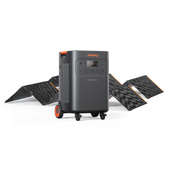



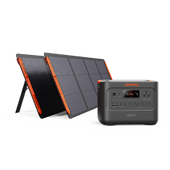

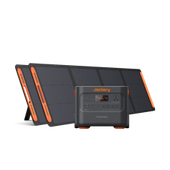
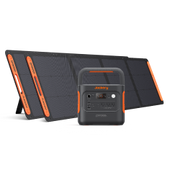

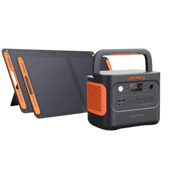
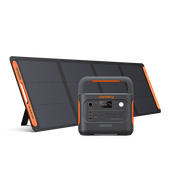
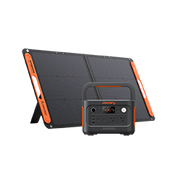

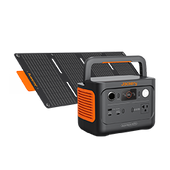
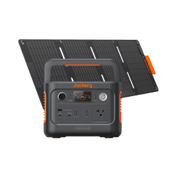
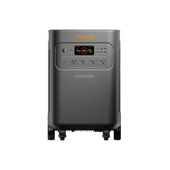


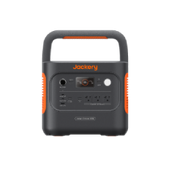
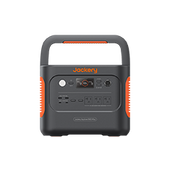
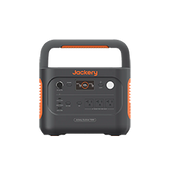
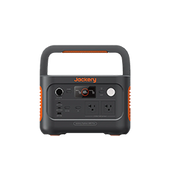
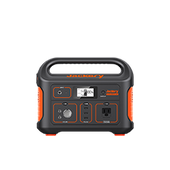
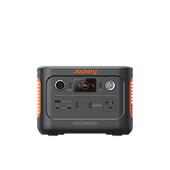

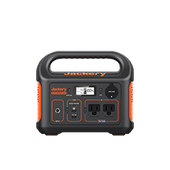
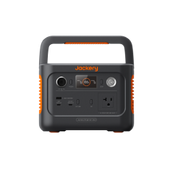
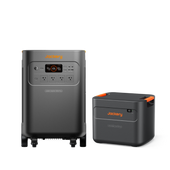
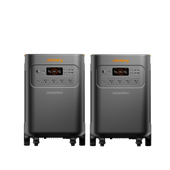
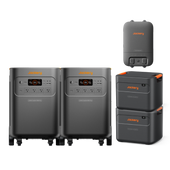
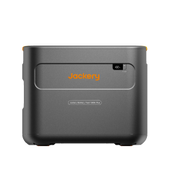
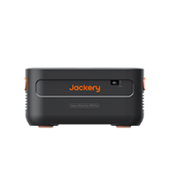
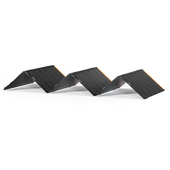
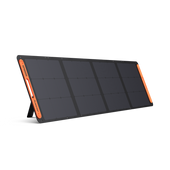
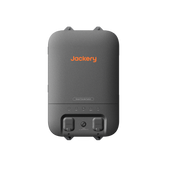
![[Add-on] Jackery Manual Transfer Switch for Explorer 5000 Plus](http://www.jackery.com/cdn/shop/files/800x800-2_5b90d3ab-246e-4679-affe-e7c6949f9c27.png?v=1744356904&width=170)
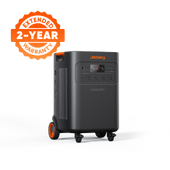


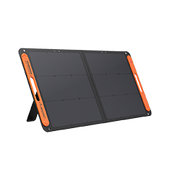
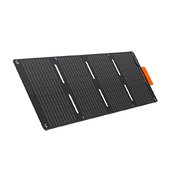
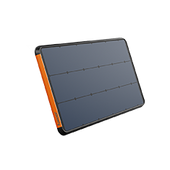
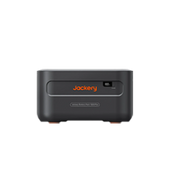

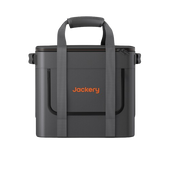



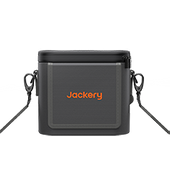
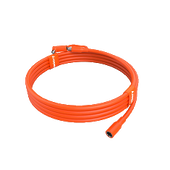

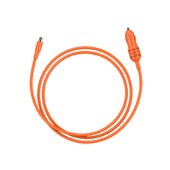

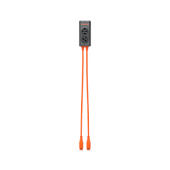

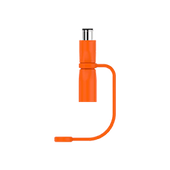
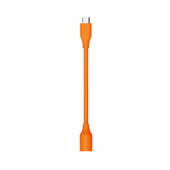
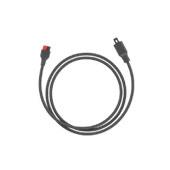
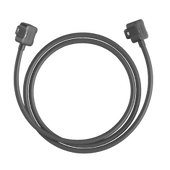
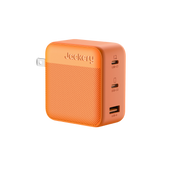
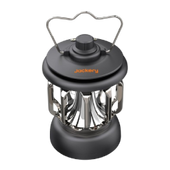


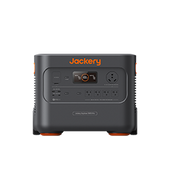

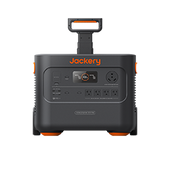
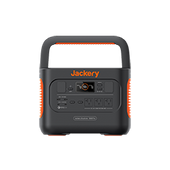
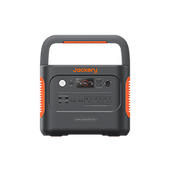
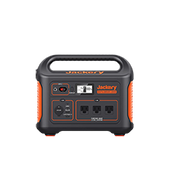
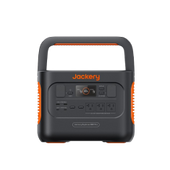
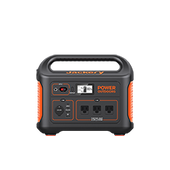
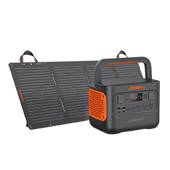
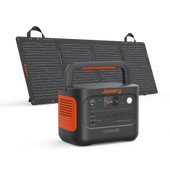
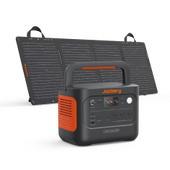





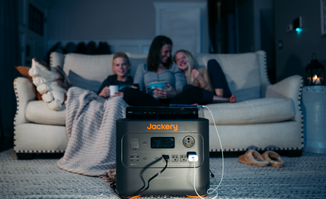

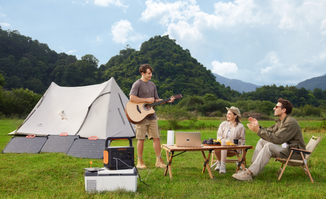
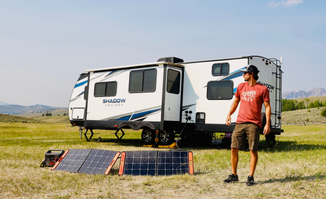


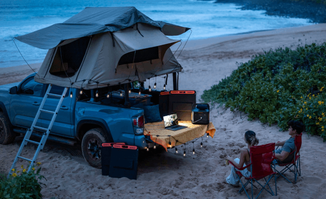






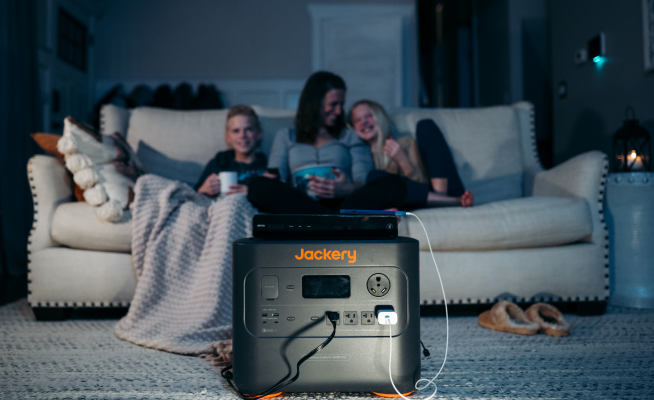


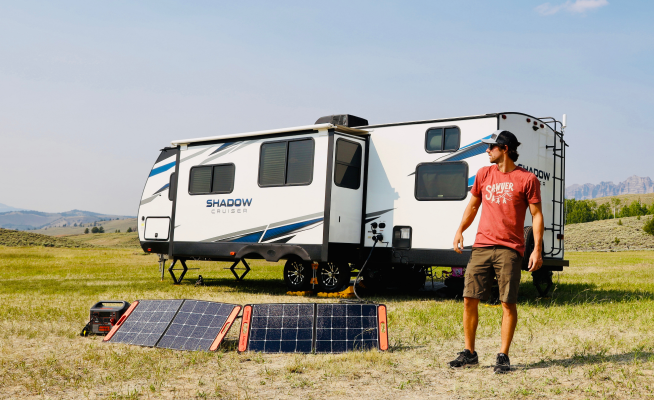

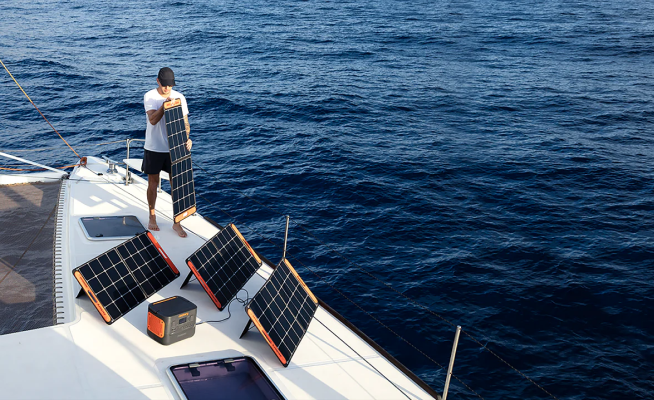
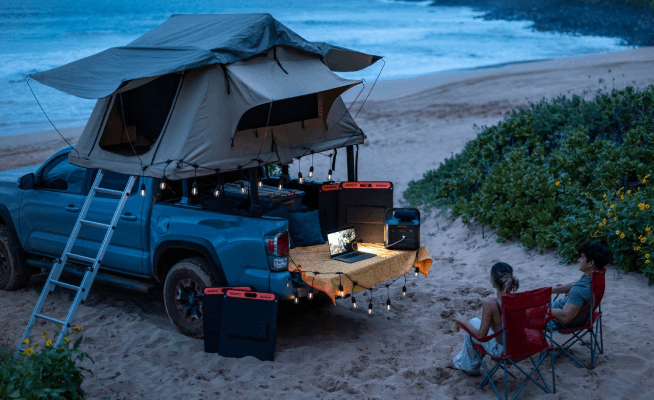
















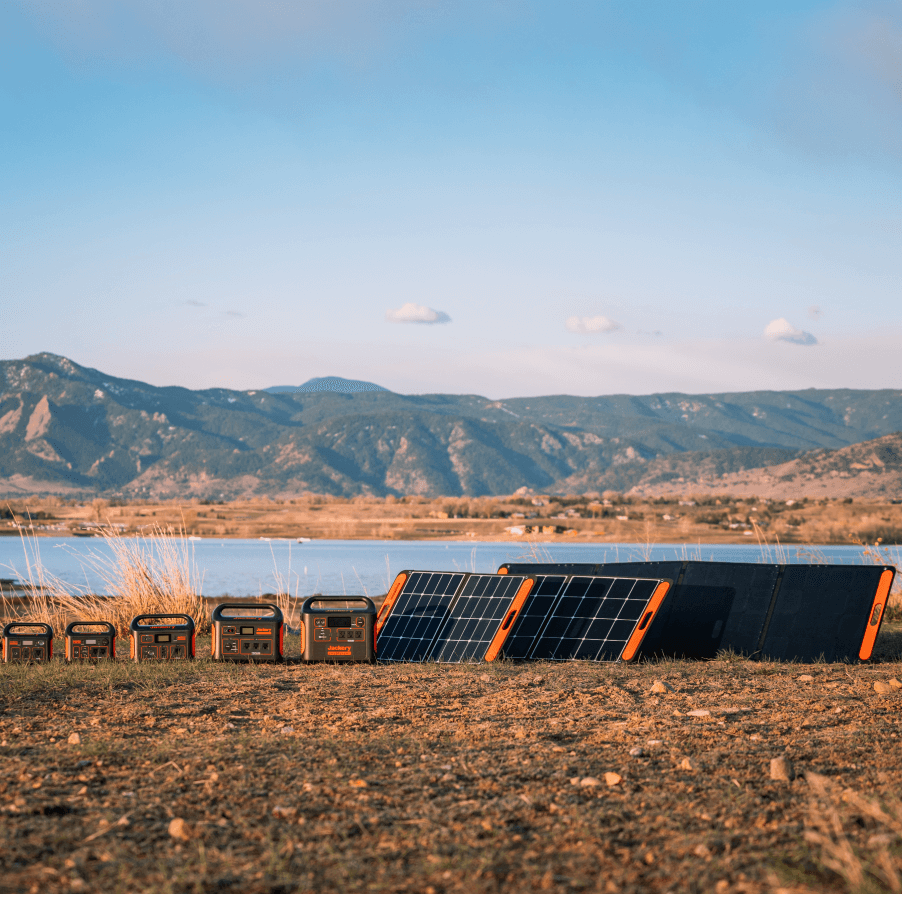

Leave a comment